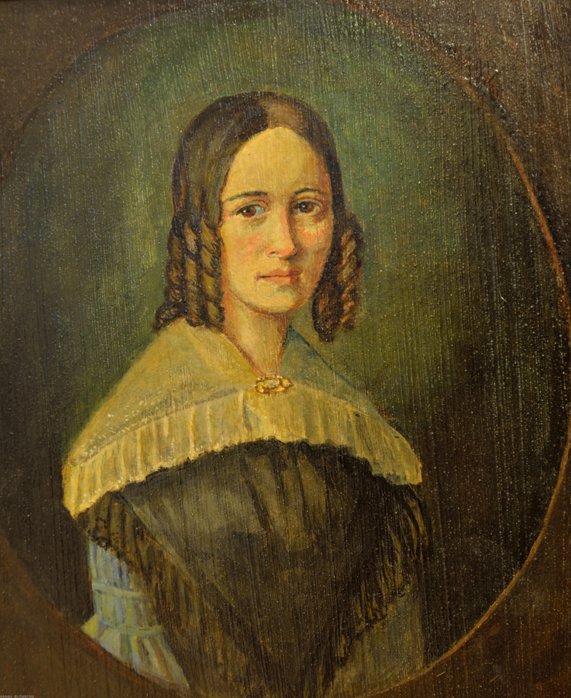|
The Golden Key (Grimm's Fairy Tales)
"The Golden Key" (german: Der goldene Schlüssel) is a fairy tale (of type 2250 on the Aarne and Thompson Index), which is in place 200 of Grimms' Fairy Tales. Plot A poor boy gathering wood with a sleigh wants to warm himself by a fire and finds a small golden key beneath the snow; then he finds a small iron box in the ground. The text ends with the statement that the reader now has to wait until he has unlocked it. Origin Since the second part of the first edition of ''Grimm's Fairy Tales'' in 1815, ''The Golden Key'' was always in the last place; since the edition before the last one, in 1850, it was in place 200. According to their notes, the Brothers Grimm got it from Hessen (probably from Marie Hassenpflug Marie Magdalene Elisabeth Hassenpflug (27 December 178821 November 1856) was a German author whose versions of various Fairytale, folk tales were an important source for the collection of tales by the Brothers Grimm. She is best known for her ve ...). They mention a ... [...More Info...] [...Related Items...] OR: [Wikipedia] [Google] [Baidu] |
Grimms' Fairy Tales
''Grimms' Fairy Tales'', originally known as the ''Children's and Household Tales'' (german: Kinder- und Hausmärchen, lead=yes, ), is a German collection of fairy tales by the Brothers Grimm, Grimm brothers or "Brothers Grimm", Jacob Grimm, Jacob and Wilhelm Grimm, Wilhelm, first published on 20 December 1812. This first Edition (book), edition contained 86 stories, and by the seventh edition in 1857, it had 210 unique fairy tales. It is listed by UNESCO in its UNESCO Intangible Cultural Heritage Lists, Memory of the World Registry. Origin Jacob and Wilhelm Grimm were two of 10 children from Dorothea (''née'' Zimmer) and Philipp Wilhelm Grimm. Philipp was a highly regarded district magistrate in Steinau an der Straße, about from Hanau. Jacob and Wilhelm were sent to school for a classical education once they were of age, while their father was working. They were very hard-working pupils throughout their education. They followed in their father's footsteps and started to p ... [...More Info...] [...Related Items...] OR: [Wikipedia] [Google] [Baidu] |
Hessen
Hesse (, , ) or Hessia (, ; german: Hessen ), officially the State of Hessen (german: links=no, Land Hessen), is a state in Germany. Its capital city is Wiesbaden, and the largest urban area is Frankfurt. Two other major historic cities are Darmstadt and Kassel. With an area of 21,114.73 square kilometers and a population of just over six million, it ranks seventh and fifth, respectively, among the sixteen German states. Frankfurt Rhine-Main, Germany's second-largest metropolitan area (after Rhine-Ruhr), is mainly located in Hesse. As a cultural region, Hesse also includes the area known as Rhenish Hesse (Rheinhessen) in the neighbouring state of Rhineland-Palatinate. Name The German name ''Hessen'', like the names of other German regions (''Schwaben'' "Swabia", ''Franken'' "Franconia", ''Bayern'' "Bavaria", ''Sachsen'' "Saxony"), derives from the dative plural form of the name of the inhabitants or eponymous tribe, the Hessians (''Hessen'', singular ''Hesse''). The geograph ... [...More Info...] [...Related Items...] OR: [Wikipedia] [Google] [Baidu] |
Marie Hassenpflug
Marie Magdalene Elisabeth Hassenpflug (27 December 178821 November 1856) was a German author whose versions of various Fairytale, folk tales were an important source for the collection of tales by the Brothers Grimm. She is best known for her versions of "Little Red Riding Hood" (''Rotkäppchen''), "Sleeping Beauty" (''Dornröschen''), and "Snow White" (''Schneewittchen''). Life Marie Magdalene Elisabeth Hassenpflug was born in the village, Ortsteil Altenhaßlau of Linsengericht district in Landgraviate of Hesse-Darmstadt, Landgrafschaft Hessen-Darmstadt, Imperial State of Holy Roman Empire on 27 December 1788. Her father Johannes Hassenpflug (1755–1834) had been married since 1788 to Marie Magdalena Dresen (1767–1840), who came from a Huguenot family living in Hanau. On 14 October 1789, the family moved into a house called Haus Lossow at the marketplace's corner of Lindenstraße in Hanau#New town, Neustadt, when her father was appointed the ''Schultheiß'' of Neustadt-Ha ... [...More Info...] [...Related Items...] OR: [Wikipedia] [Google] [Baidu] |
The Fox And The Geese
"The Fox and the Geese" is a German fairy tale collected by the Brothers Grimm in ''Grimm's Fairy Tales'' as tale number 86. It is Aarne-Thompson type 227, The Geese's Eternal Prayer.D.L. Ashliman Dee L. Ashliman (born January 1, 1938), who writes professionally as D. L. Ashliman, is an American folklorist and writer. He is Professor Emeritus of German at the University of Pittsburgh and is considered to be a leading expert on folklore and ...,The Grimm Brothers' Children's and Household Tales (Grimms' Fairy Tales) It was missing from the first printed editions of the 1812 edition. The text of the story was added to the 1815 Volume II of the KHM as Pg 387 at the end of the book as part of the corrections to the 1812 Vol I. Synopsis A fox tells some geese it will eat them. They get permission to pray first, and pray on and on, and the story will continue when they stop. Context This is the last story of the first volume. The Golden Key, the last story in the second volume, ... [...More Info...] [...Related Items...] OR: [Wikipedia] [Google] [Baidu] |

